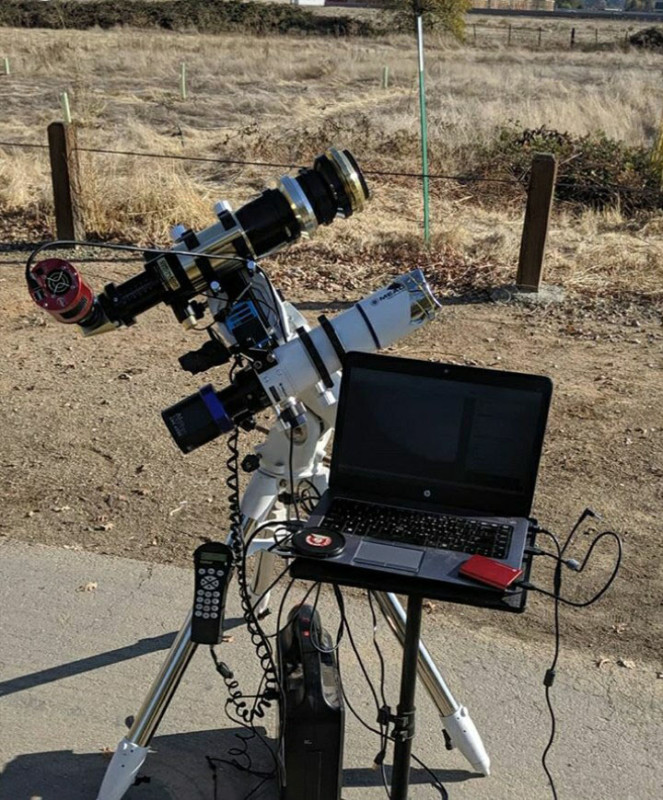This Sun Eruption Photo Was Shot from a Backyard
![]()
When most people hear the words “backyard astrophotography“, they probably think of photos of the Milky Way, planets, or galaxies, but did you know it’s possible to capture some amazing close-up photos of the Sun as an amateur photographer?
Sacramento, California-based photographer Andrew McCarthy regularly points his telescope camera at the Sun from his backyard, and he recently captured the beautiful photo above of a large eruption on the surface — the plasma you see leaping off the surface is wider than all of Jupiter (though some flare-ups can be much, much bigger).
Here’s a short looping time-lapse McCarthy captured (it’s the 3rd slide in the gallery):
If you’d like to venture into this type of photography yourself, you’ll need to pick up a special type of telescope that’s designed not to fry your camera or your eyes.
The photos were “done using a hydrogen alpha solar telescope,” McCarthy tells PetaPixel. “They start at around $700. The one I used is around $3,500.”
“It also requires a special monochrome camera, they start at $300 to $400. The one I use is $1,800. And you’ll need an equatorial mount strong enough to support everything — that’s another $800.
“There are solar filters you can put over binoculars and a telescope, but they won’t show you details like this. It has to let a very narrow bandpass of light through to reveal details like this.”

Once you have the gear you need, you can start staying on top of the Sun’s weather.
“I check the weather on the sun daily via a network of solar telescopes that are always observing, and when I checked [on April 16th] there was a massive prominence forming on the southern limb (flipped here as an aesthetic choice),” McCarthy writes. “This is the widest one I’ve ever seen.”
It’s so wide that Earth could “jump rope” in the loops, the photographer says.
“Sometimes magnetic fields win the battle against gravity and pull massive amounts of solar material away from the surface of the sun, caught in the ever-changing environment of the stellar atmosphere,” McCarthy writes, noting that the photo shows “a series of prominences over 100,000 miles wide — arcs of plasma the Earth could fit in several times over.”
You can find more of McCarthy’s work on his popular Instagram account that currently has over 218,000 followers.